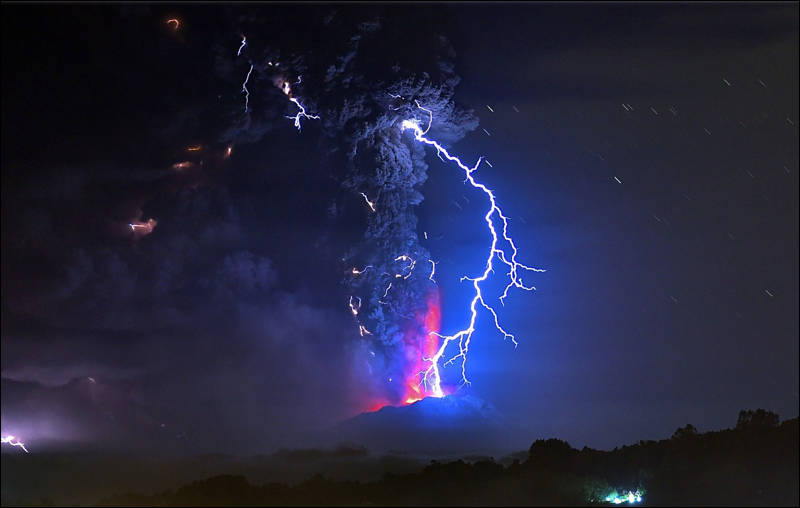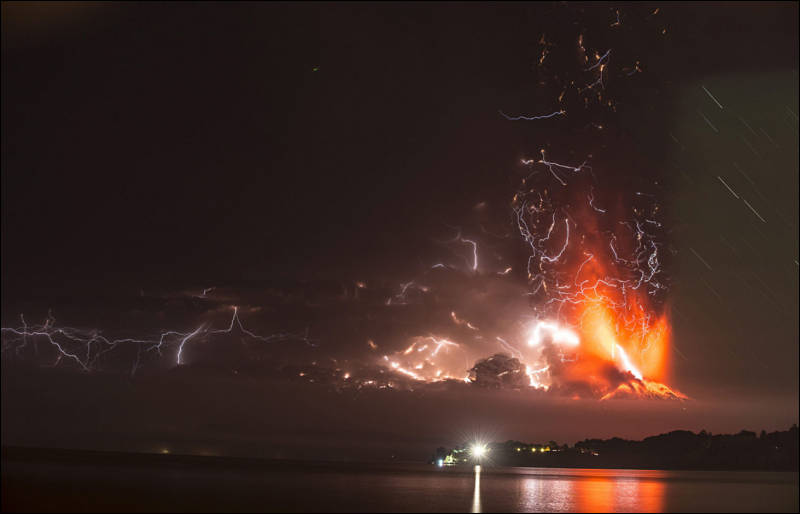
-
The grandpa of hyperlapses, from back back then in 1996, shot on a Bolex 16Pacer looked at the world in a way no film had before it. The geometry of the city and its construction, the artistry of Montreal's landscape seen the hyper-prism of a camera racing through time on different dimension. Compressed imagery and physical motion combine in a never-been-seen-before kind of way.
Pacer can lay claim to being the first hyperlapse film, or at the very least, to being the precursor to it's development. It was shot on a Bolex 16mm camera in Montreal, Quebec in 1995. Shooting single frames, all the 'effects' are done in camera. The film's original negative was destroyed in it's one and only printing in 1995. That print was screened once and telecined for posterity, and the print was never projected again.
The film would've fallen into obscurity, except for the low rez video version that was included in a VHS video magazine called Channel Zero in 1996. Other visual artists like TopherZ of the Dandelion Collective who saw that Channel Zero and began to pick up the technique, and with Guy Roland's subsequent film, Spacer, in 2004 (later known as Kino Citius), the technique of hyperlapse took shape.
The only print of the film was carefully transferred to 2K digital in 2014 and painstakingly remastered in early 2015, resulting in the version you see here.
-
Some of the roughness/excessive time jumps are anxiety inducing but otherwise is a very neat concept. Would love to see this done with today's cameras.
-
Some later photos



 M9_NX1_6.jpg800 x 508 - 36K
M9_NX1_6.jpg800 x 508 - 36K
 M9_NX1_7.jpg800 x 514 - 33K
M9_NX1_7.jpg800 x 514 - 33K -
wrinkle tinkle little man
Howdy, Stranger!
It looks like you're new here. If you want to get involved, click one of these buttons!
Categories
- Topics List23,993
- Blog5,725
- General and News1,354
- Hacks and Patches1,153
- ↳ Top Settings33
- ↳ Beginners256
- ↳ Archives402
- ↳ Hacks News and Development56
- Cameras2,368
- ↳ Panasonic995
- ↳ Canon118
- ↳ Sony156
- ↳ Nikon96
- ↳ Pentax and Samsung70
- ↳ Olympus and Fujifilm102
- ↳ Compacts and Camcorders300
- ↳ Smartphones for video97
- ↳ Pro Video Cameras191
- ↳ BlackMagic and other raw cameras116
- Skill1,960
- ↳ Business and distribution66
- ↳ Preparation, scripts and legal38
- ↳ Art149
- ↳ Import, Convert, Exporting291
- ↳ Editors191
- ↳ Effects and stunts115
- ↳ Color grading197
- ↳ Sound and Music280
- ↳ Lighting96
- ↳ Software and storage tips266
- Gear5,420
- ↳ Filters, Adapters, Matte boxes344
- ↳ Lenses1,582
- ↳ Follow focus and gears93
- ↳ Sound499
- ↳ Lighting gear314
- ↳ Camera movement230
- ↳ Gimbals and copters302
- ↳ Rigs and related stuff273
- ↳ Power solutions83
- ↳ Monitors and viewfinders340
- ↳ Tripods and fluid heads139
- ↳ Storage286
- ↳ Computers and studio gear560
- ↳ VR and 3D248
- Showcase1,859
- Marketplace2,834
- Offtopic1,320
Tags in Topic
- timelapse 36







